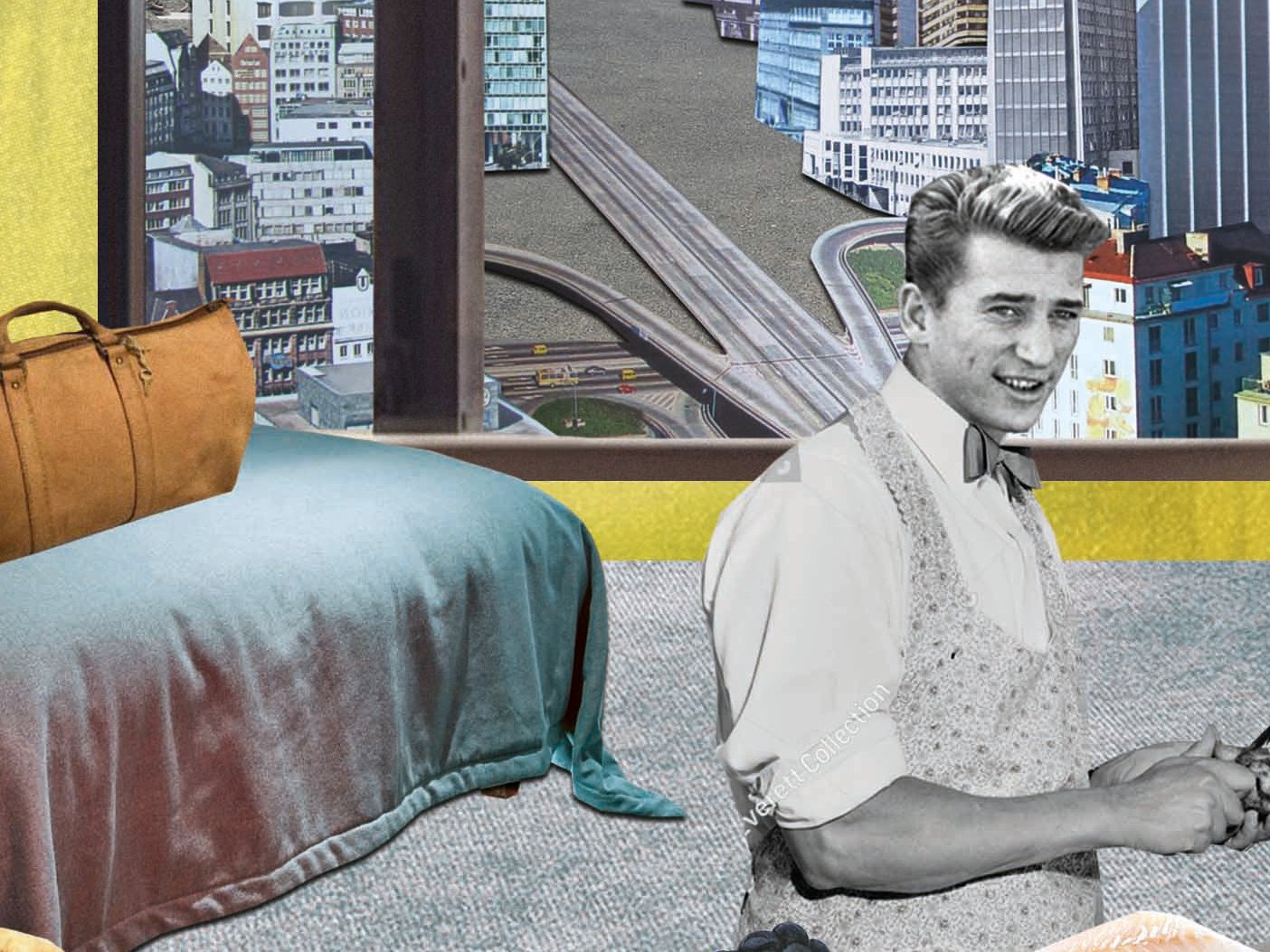Viva La Siesta!
A little nap after lunch – the much-loved siesta – is a time-honoured tradition in many Mediterranean cultures. But does the body benefit? And how long is the ideal nap?
The siesta used to be part of the daily routine in Mediterranean countries such as Spain, Greece and Italy. Etymologically, the term refers to the sixth hour after sunrise (from the Latin hora sexta), the time of the unrelenting heat at noon. This hottest part of the day was spent eating and resting in the European south, while the cooler hours of the morning, afternoon and early evening were reserved for work. And while many believe that siesta refers to the entire duration of this prolonged lunch break, it actually only covers that short, post-prandial nap itself.
From siesta to power nap
In the early 21st century, however, it does not come as a surprise that progress, air-conditioning and the prevalence of an Anglo-American office and work culture have changed this daily rhythm considerably. Southern Europeans are not necessarily free to enjoy the luxury of this siesta any longer and, similar to their northern European counterparts, have little choice but to rely on the stimulant properties of caffeine in order to get through their post-lunch slump. What is worse, that little digestive nap is no longer associated with wisdom and health: a moralistic (and Puritan) approach associated this little break with laziness generated by overindulgence at lunchtime – with the unspoken implication that a glass of wine may have been the real culprit here. No wonder the idea was then dressed up as a “power nap” and intentionally disconnected from its original association with a midday meal. And indeed, there is a lot to be said in favour of napping...
Sleep at noon not at night?
Today we understand that a nap is associated with a whole range of benefits: it helps to keep the mind focused and alert, it promotes creativity and productivity, it reduces mistakes, accidents, stress and its symptoms, and it improves attention, memory and soothes cardiovascular functions. A short siesta of up to 30 minutes also appears to have positive effects on high blood pressure.
However, afternoon naps have not always been seen in such a positive light. A number of observational studies at the turn of the millennium even indicated that sleeping during the day could be associated with premature death. The reason for this belief was higher blood pressure readings immediately upon waking after a one- to two-hour siesta. This in turn was then associated with cardiovascular risk factors like arteriosclerosis and high blood pressure leading eventually to stroke and heart attacks. But as in numerous studies without due rigour, this was based on correlation rather than causation. It took years before science became clearer: it was not the siesta that was at the root of cardiovascular trouble – but it was an indicator of sleep duration and sleep quality at night. People suffering from high blood pressure or coronary heart disease tend to experience poorer, shorter sleep, often as the result of sleep apnoea. This lack of sleep then leads to the desire to catch up with a nap during the day. In short, the more sleep-deprived the night, the more extensive the siesta, the more frequent the diagnosis of hypertension.
Sleeping hormones
As it turns out, lunchtime naps and sleep in general also have a bearing on weight and obesity, albeit indirectly. There is increasing evidence that not only calorie intake and exercise levels play a role in weight management; insufficient sleep also makes it harder to keep the pounds off. Two mechanisms are responsible for this. Lack of sleep changes the concentration of hormones responsible for appetite. On the one hand, ghrelin, which stimulates appetite, increases; leptin, which moderates appetite and lends the feeling of satiation, decreases. Insufficient sleep thus really interferes with the way we eat and comes with the additional pitfall that less sleep not only increases appetite, but also means there is more time to eat. Sufficient sleep is thus key to a healthy weight. Less than five hours of solid sleep a night significantly increase the risk of obesity. Anything less than seven hours is already seen as a risk factor in weight management – but catching up on sleep via a lunchtime nap can even outweigh some of these negative effects.
Short & sweet
Another thing is also clear: a nap should be short – ten to 20 minutes, up to half an hour at most is seen as ideal. Such catnaps provide rest without causing drowsiness on waking. So it is far better to nap on an armchair than in bed, because there the danger of falling into a deep sleep is much greater. This would disrupt the sleeping pattern and be counterproductive. So if you are one of those lucky souls who can fall asleep and nap easily, set an alarm to make most of sweetest sleep.













